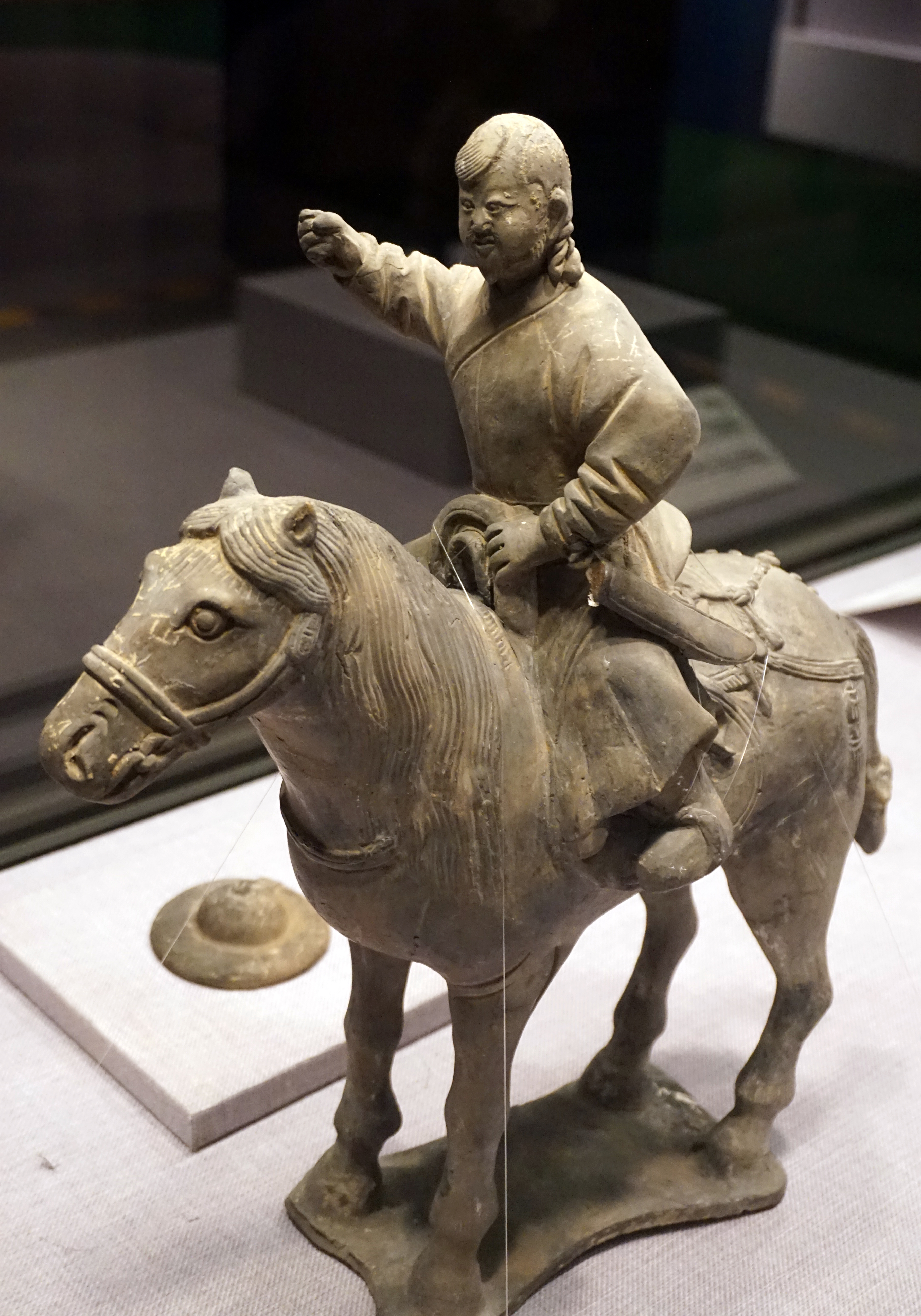Mongolian Armour on:
[Wikipedia]
[Google]
[Amazon]
 Mongolian armour has a long history.
Mongolian armour has a long history.
File:Inner Mongolia Museum suit of armour A.jpg, Yuan lamellar armour
File:War Mask MET DP146429.jpg, Mongol war mask, 12-14th century. One of the only two Mongolian or Tibetan armour masks.
File:The helmet of a Mongolian army (3).JPG, Yuan helmet
File:The helmet of a Mongolian army (2).JPG, Yuan helmet
File:The helmet of a Mongolian army (7).JPG, Yuan helmet
File:Helmet (Rmog) MET DP124325.jpg, Mongol helmet, 15th-17th c.
 Mongolian armour has a long history.
Mongolian armour has a long history. Mongol
The Mongols ( mn, Монголчууд, , , ; ; russian: Монголы) are an East Asian ethnic group native to Mongolia, Inner Mongolia in China and the Buryatia Republic of the Russian Federation. The Mongols are the principal member of ...
armour drew its influence from Chinese
Chinese can refer to:
* Something related to China
* Chinese people, people of Chinese nationality, citizenship, and/or ethnicity
**''Zhonghua minzu'', the supra-ethnic concept of the Chinese nation
** List of ethnic groups in China, people of va ...
, Middle Eastern
The Middle East ( ar, الشرق الأوسط, ISO 233: ) is a geopolitical region commonly encompassing Arabia (including the Arabian Peninsula and Bahrain), Asia Minor (Asian part of Turkey except Hatay Province), East Thrace (European ...
, and Central Asia
Central Asia, also known as Middle Asia, is a subregion, region of Asia that stretches from the Caspian Sea in the west to western China and Mongolia in the east, and from Afghanistan and Iran in the south to Russia in the north. It includes t ...
n styles. Most Mongolian armour was scale and lamellar
A ''lamella'' (plural ''lamellae'') is a small plate or flake, from the Latin, and may also be used to refer to collections of fine sheets of material held adjacent to one another, in a gill-shaped structure, often with fluid in between though s ...
made of hardened leather
Leather is a strong, flexible and durable material obtained from the tanning, or chemical treatment, of animal skins and hides to prevent decay. The most common leathers come from cattle, sheep, goats, equine animals, buffalo, pigs and hogs, ...
and iron
Iron () is a chemical element with symbol Fe (from la, ferrum) and atomic number 26. It is a metal that belongs to the first transition series and group 8 of the periodic table. It is, by mass, the most common element on Earth, right in f ...
, laced together onto a fabric backing, sometimes silk. Mail armour was also sometimes used, but was rare, probably due to its weight and difficulty to repair. Mongol archers demanded the armour be light enough so that when riding, it didn't interfere with their mobility.
It is also possible that the Mongol armour lacked mail and was generally lighter than its counterparts to the East and West because the nomadic habits of the Mongols were not conducive to the labour-intensive practices and permanent facilities necessary for making mail or large plates. Sometimes arm protection was removed so riders could draw their bow more easily.
Helmets were mostly iron, but leather and other materials were also used. Lamellar armour was also used by the countries that were affected by the invasion of the Mongols worldwide, including the Mongol conquest of China
The Mongol conquest of China was a series of major military efforts by the Mongol Empire to conquer various empires ruling over China. It spanned six decades in the 13th century and involved the defeat of the Jin dynasty (1115–1234), Jin ...
and the Mongol invasion of Persia and Mesopotamia and the Levant
The Levant () is an approximate historical geographical term referring to a large area in the Eastern Mediterranean region of Western Asia. In its narrowest sense, which is in use today in archaeology and other cultural contexts, it is equ ...
. This is especially shown by Timur
Timur ; chg, ''Aqsaq Temür'', 'Timur the Lame') or as ''Sahib-i-Qiran'' ( 'Lord of the Auspicious Conjunction'), his epithet. ( chg, ''Temür'', 'Iron'; 9 April 133617–19 February 1405), later Timūr Gurkānī ( chg, ''Temür Kür ...
, a Turco-Mongol
The Turco-Mongol or Turko-Mongol tradition was an ethnocultural synthesis that arose in Asia during the 14th century, among the ruling elites of the Golden Horde and the Chagatai Khanate. The ruling Mongol elites of these Khanates eventually ...
warlord of the 15th century who used lamellar armour consistently with his cavalry and garbed himself and his men in Mongol armour.
Genghis Khan
''Chinggis Khaan'' ͡ʃʰiŋɡɪs xaːŋbr />Mongol script: ''Chinggis Qa(gh)an/ Chinggis Khagan''
, birth_name = Temüjin
, successor = Tolui (as regent)Ögedei Khan
, spouse =
, issue =
, house = Borjigin
, ...
was once said to have issued all his horsemen with silk vests, as an arrow hitting silk does not break the silk but ends up embedding the arrow in the flesh wrapped in silk, allowing the arrow to be removed by gently teasing the silk open. This is opposed to removing barbed arrows by cutting them out or pushing them through and out the other side. These silk vests functioned much like the padded armour used by European and Byzantine soldiers of the same era such as the gambeson
A gambeson (also aketon, padded jack, pourpoint, or arming doublet) is a padded defensive jacket, worn as armour separately, or combined with mail or plate armour. Gambesons were produced with a sewing technique called quilting. They were usual ...
.Turnbull, Stephen. (2003). Mongol Warrior 1200 - 1500. Osprey Publishing, Oxford. p. 14
Gallery
See also
*Laminar armour
Laminar armour (from la, lamina – layer) is an armour made from horizontal overlapping rows or bands of, usually small, solid armour plates called lames, as opposed to lamellar armour, which is made from individual armour scales laced together ...
References
East Asian armour Military equipment of Mongolia Military history of Mongolia {{Mongolia-stub